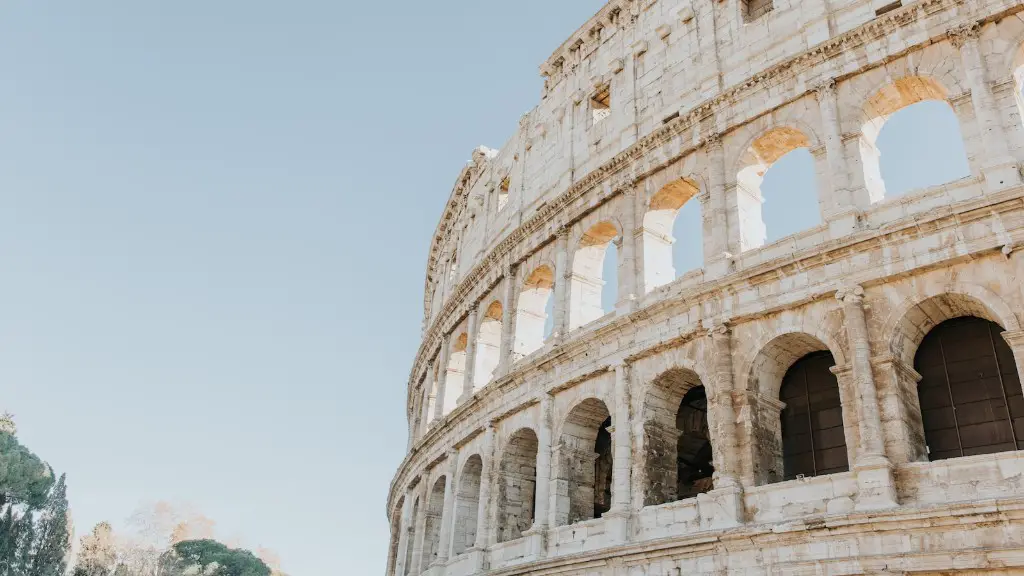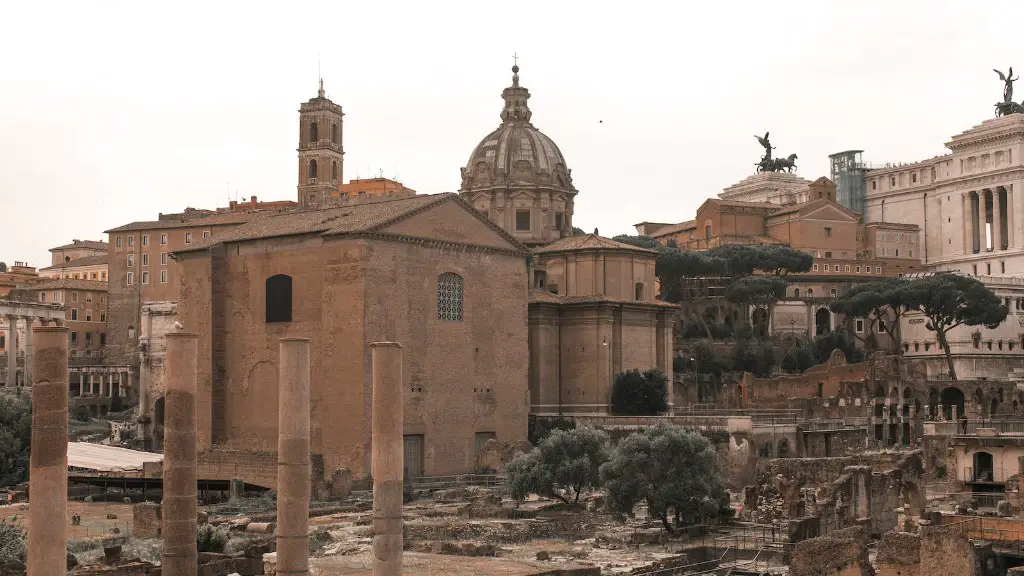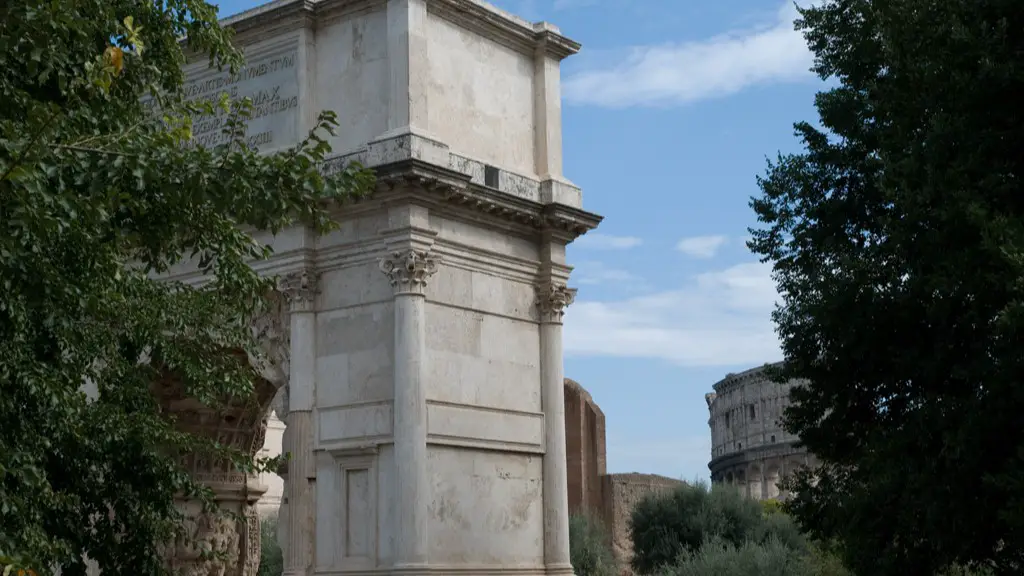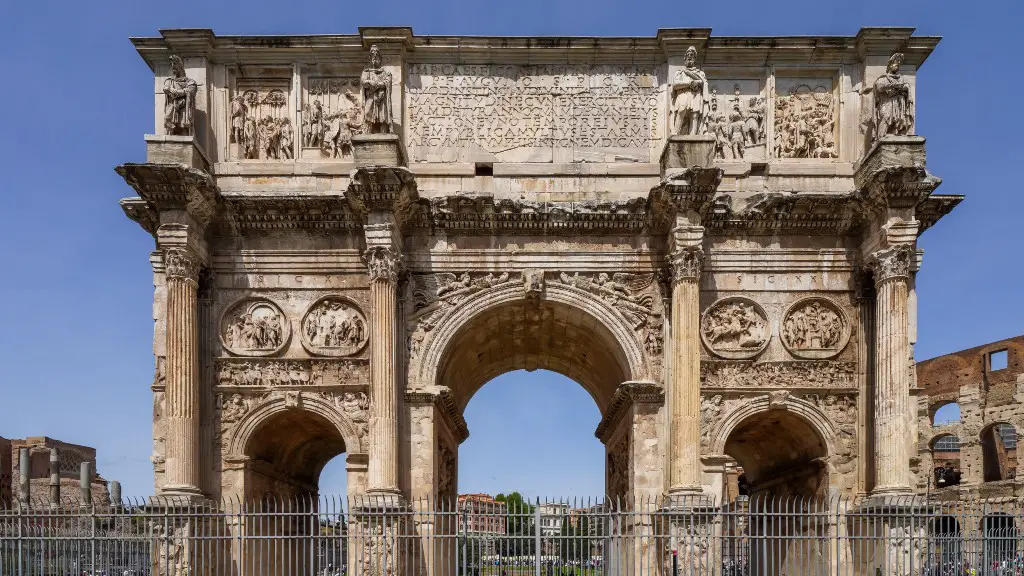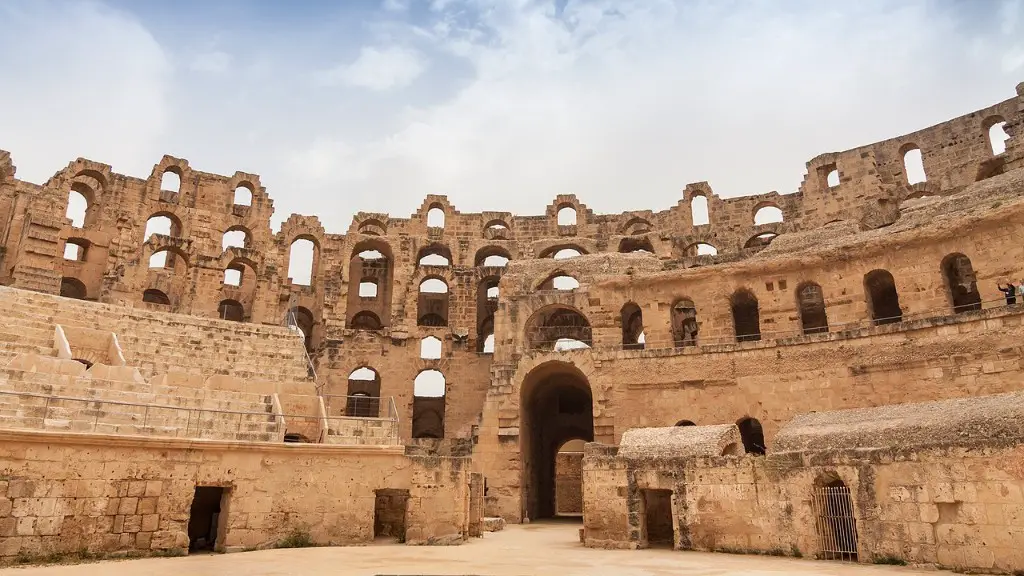The lives of children in ancient Rome were an essential part of the culture, and shaped their development and roles within society. Most people in Rome were from the lower class, making it unachievable to have aspirations of glory and wealth, but those dreams were instilled in Roman children from a young age.
One of the most prominent aspects of ancient Roman life was religion. Roman society believed that religion affected all areas of life and held high spiritual observance. Furthermore, the gods were used to explain natural events as well as provide protection from enemies. In Ancient Rome, children were initiated into their faith through various rituals and religious instruction. Baptism was also an important ceremony for infants and young children, during which time a religious formula was used to make a child part of the faith. Children were often taught about the gods from an early age, and were expected to take part in religious ceremonies.
Education was highly valued in Ancient Rome and was considered to be an important step towards a successful career. Boys were usually educated by their fathers or tutors and were taught to read and write their language, as well as some basic mathematics. Girls were not expected to receive an education and were generally taught how to run a home. Despite this, some wealthier Roman families did allow their daughters to receive a basic education.
Another major aspect of childhood life in Ancient Rome was the influence of family. Roman families usually had multiple children and there was a strong sense of hierarchy within families. The oldest sons were expected to take responsibility for their younger siblings and any unmarried sisters. It was their duty to maintain the family honour and uphold their social status. Children were also expected to assist in their family’s daily activities, such as helping with the farming and the raising of livestock, as well as tending to the family’s slaves.
Child labour was a major part of life in Ancient Rome and children as young as six were expected to work. Boys were often sent to workshops where they would learn a trade such as pottery or blacksmithing. Girls who were not taught to read and write were sent to work in the homes of wealthier Roman families. The lower class children worked in the fields, where they were expected to help with the harvest and the management of animals. With the help of their parents, children were also expected to learn how to manage money, which was an essential part of Roman life.
Roman children were also involved in all kinds of leisure activities. Young children often engaged in building sandcastles, playing with marbles, or drawing on tablets. As they got older they would join in with competitive games such as knucklebones, dice and spinning tops. Children also enjoyed theatre, chariot races and hunting. Roman families often held banquets for their children, and these were the ideal opportunity for children to interact with their peers in a social setting.
Sports
Sports played an important part in Roman children’s lives and provided a great opportunity to bond with family and friends. Popular sports included rugby, boxing, wrestling, and running. Children often formed teams with their friends and competed against each other, while parents cheered them on. Sports were also competitive, which meant that children were taught how to develop their skills and how to accept failure.
At the same time, these activities allowed Roman children to socialize with their peers and learn about concepts such as teamwork or sportsmanship. They could also discuss the rules of the game, which was essential in preparing them for adulthood. In addition, games allowed parents to instill a sense of morality in their children, teaching them to respect their elders and act with integrity.
Children also had the opportunity to join the Roman army. Most Roman families encouraged their sons to join the army once they reached the age of 16. Joining the army was considered to be a great honour and Romans saw it as an opportunity for their sons to display loyalty to the State. It was also seen as a way to demonstrate the family’s strength and fame.
Religion
Religion was a major part of Roman life and had a big influence on the lives of Roman children. Many gods were worshipped by the citizens of Rome and each of these gods had a role in society. For example, Janus was the god of beginnings and endings, while Mars was the god of war and Jupiter was the protector of the State. Religion was an important part of Roman family life, and each family had its own shrine to the gods.
Parents taught their children about the gods from a young age and made sure to give them part in religious ceremonies such as festivals or sacrifices. They also wanted to make sure that their children were respectful and obedient to the gods. In addition, children were encouraged to learn about the gods through religion lessons and stories, which gave them an understanding of the gods and their power over the world.
Religious beliefs in Ancient Rome were also used to instill the values of loyalty and honour into the youths of Rome, teaching them to be devoted to their gods and loyal citizens to the State. This was an important lesson to ensure the future of the Roman empire.
Fashion
Fashion was an important part of Roman life and children often tried to emulate the fashion trends of the adults around them. The wealthy citizens were often credited with setting the fashion trends and children adopted their styles, including the colourful clothes and accessories. Boys were usually dressed in togas, while girls wore more modest tunics.
Roman children’s clothing was also a source of great pride, as it was thought to reflect a family’s social status. Wealthy families often had their children wear clothes made of expensive fabrics, while poorer families dressed their children in simpler clothes. The social status of families was also reflected in the jewellery and accessories that children wore. Jewellery was often made of precious stones and was a symbol of wealth and power.
In addition to clothing, hairstyles were an important aspect of fashion. Roman boys had to have a head of shaggy hair and the Roman women had to have long hair. People of lower classes did not have access to the same hairstyles as the wealthier classes, as they did not have access to the same products and accessories.
Playtime
For Roman children, playtime was an important part of life and it helped to strengthen family relationships. Toys were an important form of entertainment and Roman children enjoyed a range of toys such as dolls, wooden animals, spinning tops and knucklebones. These toys were often made of simple materials and were often given as gifts by parents or other family members.
In addition to these toys, Roman children also had access to a range of outdoor games. These included tag, hide-and-seek, ball games, and horseriding. Children were encouraged to have fun, but also had to take responsibility for their own safety. Fathers often took their sons hunting and taught them the skills necessary to be successful and stay safe. Fathers also taught their sons the rules of the hunt and the importance of maintaining a clean and ordered home.
By the time a Roman child reached adulthood, he or she would have a solid knowledge of the religion, customs and values of their society. The children would have also have a good understanding of the importance of education and the role of family. These life lessons would prepare the children for their roles as adults and help to ensure the survival of the Roman empire.
